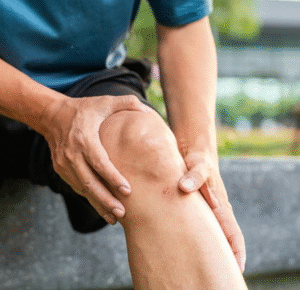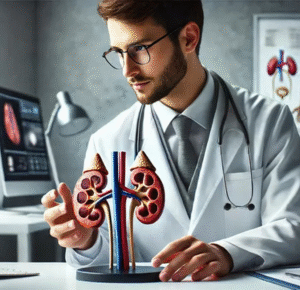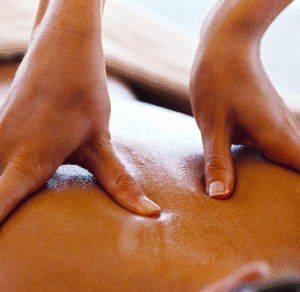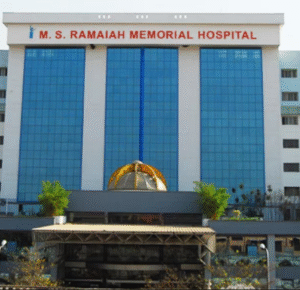
Spider veins, characterized by their web-like appearance, are a common cosmetic concern affecting millions of individuals worldwide. Often found on the legs and face, these small, dilated blood vessels can be more than just a superficial issue; they can also indicate underlying vascular problems. Understanding the various spider vein treatment options available is essential for those seeking to alleviate both the aesthetic and potential health impacts of these veins.
Understanding Spider Veins
Spider veins, medically known as telangiectasia, are small, dilated blood vessels that can appear red, blue, or purple. They commonly form on the legs, thighs, and face, and are often associated with conditions such as chronic venous insufficiency. Various factors contribute to the development of spider veins, including:
- Genetics: A family history of spider veins can increase the likelihood of developing them.
- Hormonal Changes: Hormonal fluctuations during pregnancy, menopause, or with the use of hormonal contraceptives can contribute to their formation.
- Lifestyle Factors: Prolonged standing or sitting, obesity, and lack of physical activity can exacerbate the condition.
Understanding the underlying causes of spider veins is crucial when considering treatment options, as it can help determine the most effective approach for individual cases.
Diagnosis: Identifying the Problem
Before embarking on any spider vein treatment, a thorough evaluation by a healthcare professional is essential. During this assessment, the clinician will review your medical history, conduct a physical examination, and may perform diagnostic tests such as Doppler ultrasound to evaluate blood flow in the affected veins. This process ensures that any underlying vascular issues are addressed before treatment, improving the chances of successful outcomes.
Spider Vein Treatment Options
There are several effective spider vein treatment options available, each tailored to the severity of the condition and the patient’s individual needs. The most common treatments include:
1. Sclerotherapy
Sclerotherapy is one of the most popular spider vein treatment methods. This procedure involves injecting a sclerosing solution directly into the affected veins, causing them to collapse and fade from view. The treatment typically takes about 30 minutes and may require multiple sessions to achieve optimal results. Most patients experience minimal discomfort, with some reporting only a slight stinging sensation.
2. Laser Therapy
Laser therapy is another effective spider vein treatment option. This non-invasive procedure uses concentrated light beams to target and destroy the unwanted veins. The energy from the laser is absorbed by the blood within the vein, causing it to coagulate and eventually disappear. Laser therapy is particularly beneficial for smaller spider veins and can be performed in a dermatologist’s office. Recovery time is minimal, and most patients can resume normal activities shortly after treatment.
3. Intense Pulsed Light (IPL) Therapy
Intense Pulsed Light therapy is similar to laser treatment but utilizes a broad spectrum of light wavelengths to target spider veins. This method is effective for superficial veins and can also improve skin texture and tone. Like laser therapy, IPL is a non-invasive procedure with minimal downtime, making it an attractive option for individuals seeking quick and effective spider vein treatment.
4. Vein Stripping
For more severe cases of spider veins, particularly those associated with larger varicose veins, vein stripping may be recommended. This surgical procedure involves the removal of the affected vein through small incisions. Although this option may seem daunting, it can provide significant relief for those suffering from chronic venous insufficiency and related complications. Recovery from vein stripping may take longer than non-invasive options, but the results can be transformative.
Post-Treatment Care and Prevention
Following spider vein treatment, it’s essential to follow your healthcare provider’s post-care instructions to ensure optimal results. This may include wearing compression stockings, avoiding strenuous activities for a short period, and maintaining a healthy lifestyle.
Preventive Measures
To minimize the risk of developing new spider veins, consider adopting preventive measures such as:
- Regular Exercise: Engage in activities that promote healthy blood circulation, such as walking, cycling, or swimming.
- Maintain a Healthy Weight: Keeping a healthy weight reduces pressure on the veins and lowers the risk of spider vein formation.
- Limit Sun Exposure: Protect your skin from excessive sun exposure, especially on the face, to reduce the likelihood of developing facial spider veins.
Conclusion
Spider veins may be a common concern, but effective treatment options are available to address both the aesthetic and health implications of this condition. Whether you opt for sclerotherapy, laser therapy, or more invasive surgical procedures, understanding your options is key to achieving the desired results. Consult with a qualified healthcare professional to determine the best spider vein treatment tailored to your individual needs, and take proactive steps to maintain your vascular health moving forward. With the right approach, you can minimize the appearance of spider veins and improve your overall quality of life.





